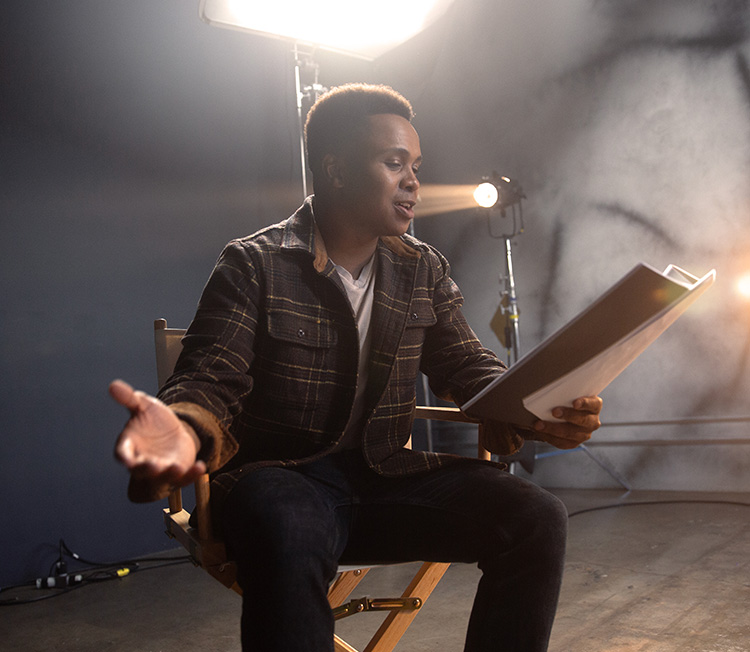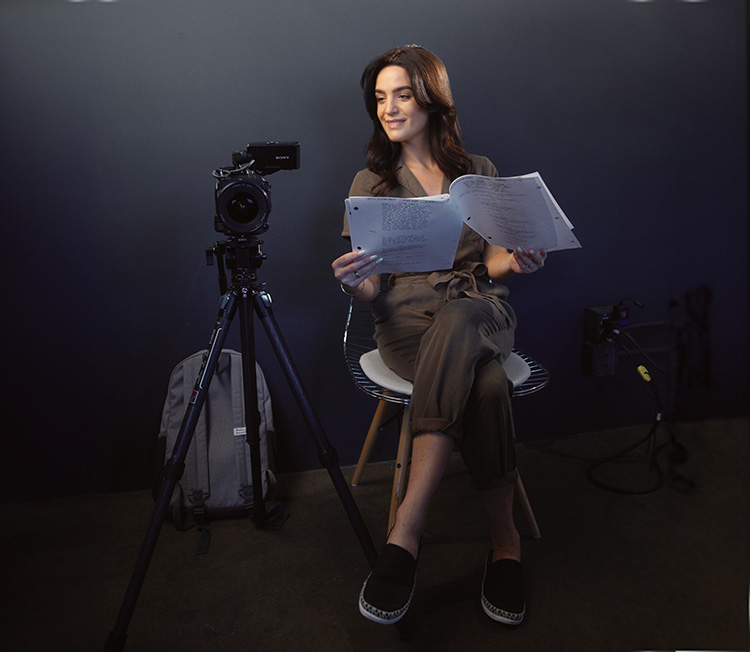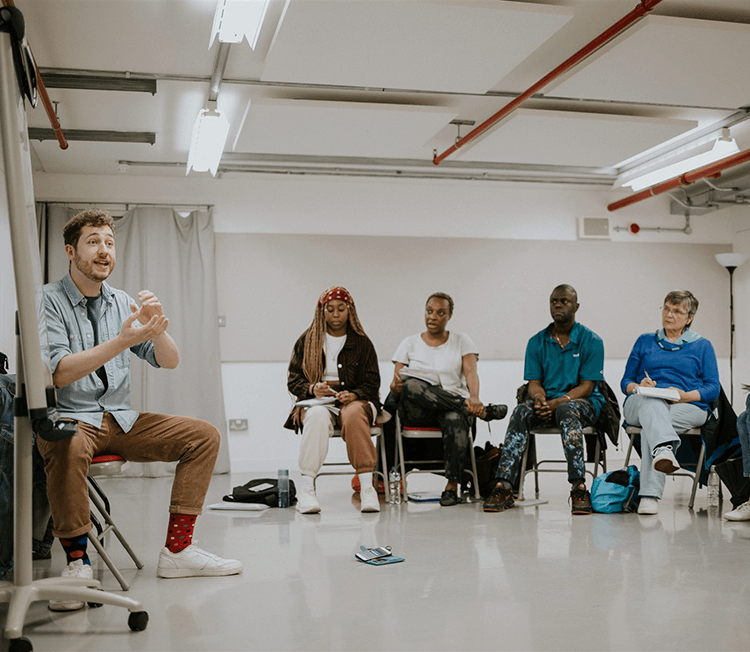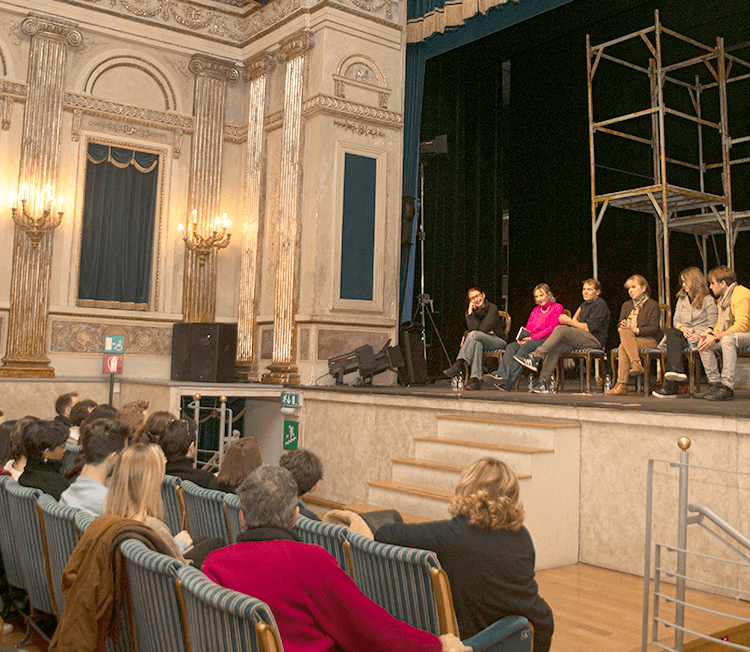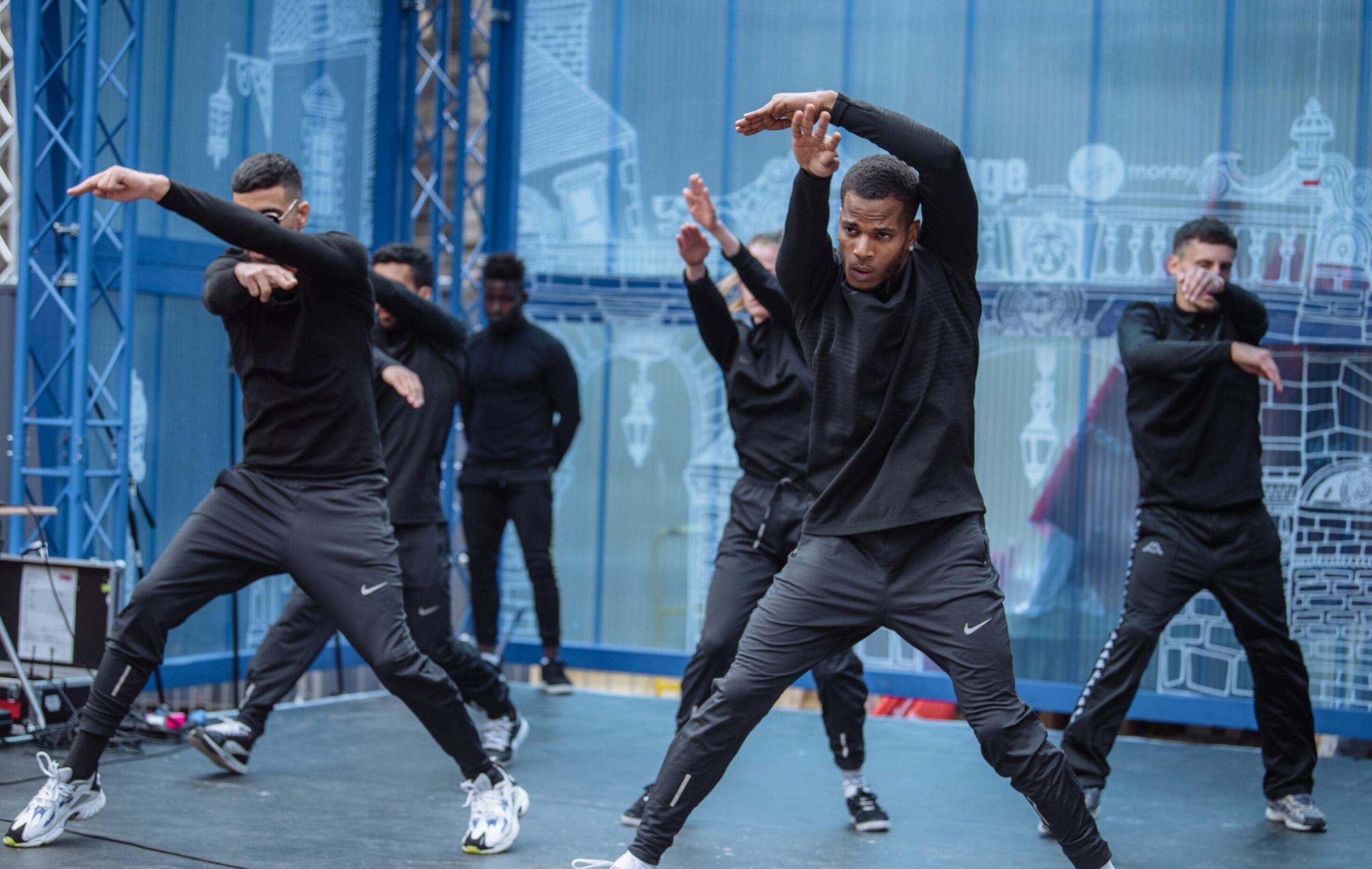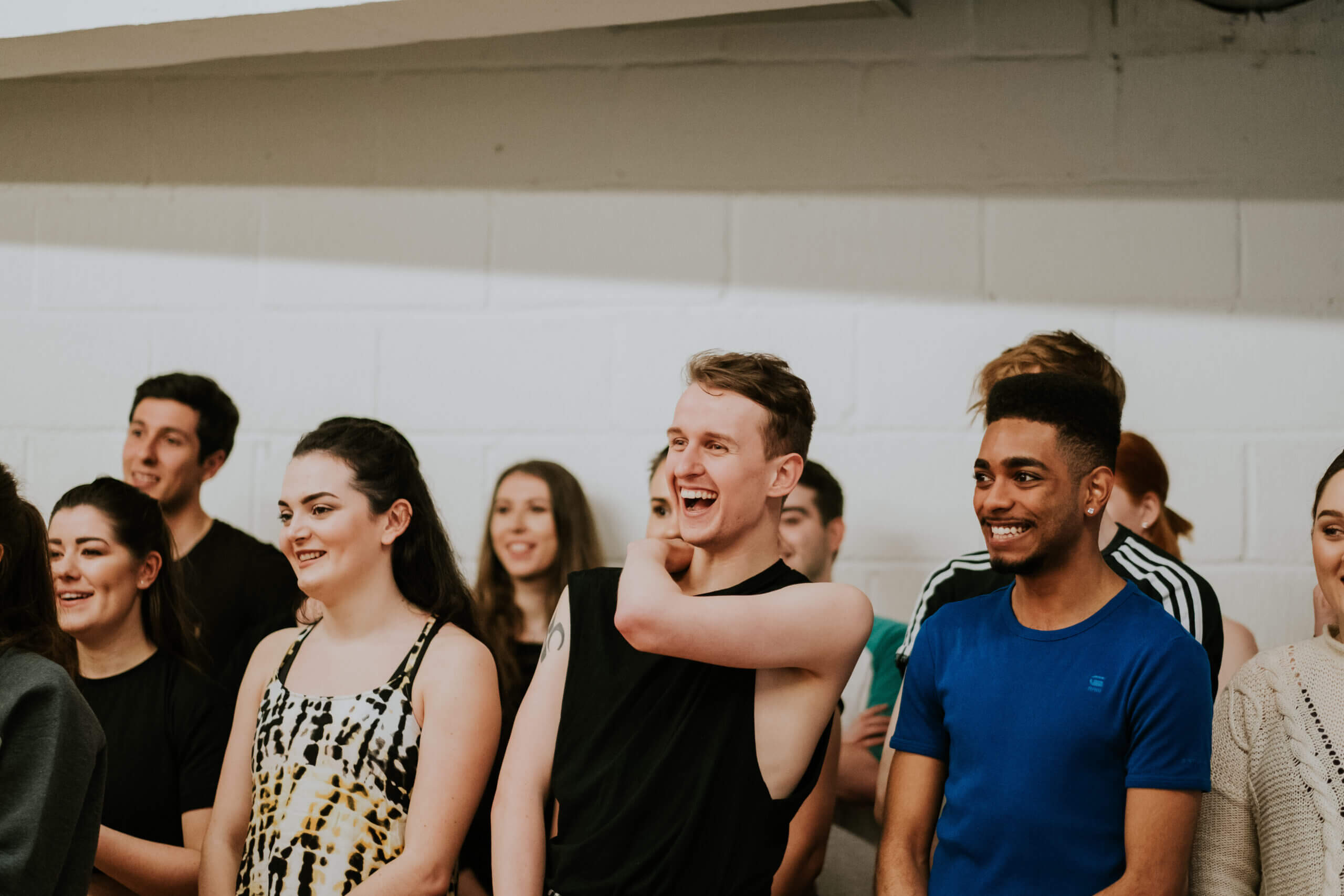Top tips on how to raise funds to put on a show at the Edinburgh Festival Fringe
It’s no secret that putting on a show at the Edinburgh Festival Fringe can be costly. Expenses you’ll need to plan for can include:
- Venue costs
- Registration fees
- Production costs
- Accommodation
- Travel
- Marketing, PR and press costs
- Living costs
- Contingency budget
Actual costs will vary depending on the size of your production, the type of show you’re putting on and how close to Edinburgh you live. You’ll want to put together a budget to give you an idea of how much money you’ll need to produce your show, take it to Edinburgh and live in the city during the Fringe season. It’s wise to include a 5-10% contingency to help you cover any unforeseen costs.
Edinburgh Fringe Society, which organises the festival, advises that “It’s difficult to predict ticket sales […], it is likely that your expenses will be greater than your revenue.” Ticket sales aside, there are a few things you can do to help with the costs.
We asked Matt Lord and Alan Gordon from the Edinburgh Festival Fringe Society and Jonny Patton from the Pleasance Theatre Trust for their top tips on how performers and project makers can fund their Fringe show.
How do I get funding for my Fringe show?
Raising funds can be the biggest challenge when you’re looking to take your work to the Edinburgh Fringe – but it’s not impossible. There are various funding opportunities and showcases available and these are a few avenues you may want to explore:
Crowdfunding
While you may not want to rely on crowdfunding to fund your entire Edinburgh run, it’s certainly a popular way of raising some money. It’s an opportunity for friends and family to support you in doing your show and as Alan points out, it can be a great chance for you to start promoting your show, “If you do it correctly, you can actually kickstart your marketing campaign at the same time via crowdfunding.” He continues, “You can get the necessary funding [and] get some really nice early marketing and sort of early interest in your show.”
If you want to try crowdfunding but aren’t sure how to get started, listen to this podcast about how to crowdfund your next project where Gemma Seltzer from Kickstarter advises how to prepare and succeed in your funding efforts.
Crowdfunding websites:
Fundraising Events
Looking to raise a little bit of money each month can ease the burden of trying to meet your Edinburgh Fringe financial target in one go. Jonny Patten notes, “We’ve seen a lot of success in people breaking [their Edinburgh budget] down into monthly targets and going, ‘If I do a fundraising event every month, then that’s £200 in the bank that goes into that pot.’”
Have a think about what mini-fundraising events you could arrange to contribute to your Edinburgh Fringe fund. From busking, hosting workshops, bake sales and silent auctions to quiz nights and selling unwanted items on Vinted or eBay, these are all ways to help you raise a bit of money each month.
Trust and foundations
If your show tackles a particular subject – or if there’s something about your company that you think has a particular interest – then approaching trusts and foundations with similar interests and asking them to consider investing in your show is a good option to explore.
Arts Council funding
The Arts Councils for the United Kingdom’s nations each run different funds for performers. Application windows vary so you’ll need to check their websites for when registration opens but in general, you’ll be applying for funds to take your show to the Fringe next year i.e., if you want to take your show to the Fringe in 2024, you should look to apply towards the end of 2023.
You can apply to these bodies to fund the research and development and to cover the creation costs of your work:
- Arts Council England Horizon Showcase
- Arts Council Wales ‘Wales in Edinburgh’ fund
- Creative Scotland Made in Scotland Showcase – Applications open in September/October and close at the end of November with successful applicants being told by March. Made in Scotland helpfully run online webinars before applications open each year to go over the process and answer any questions you may have.
The application process can be tough, so if you need some help, take a look at our 6 tips for tackling your first funding application. The Edinburgh Fringe Society also have some helpful advice if you’re applying for funding through arts councils.
Private donors
Seeking funding from a private donor or donors is another area you may want to explore. Often, if you want to ask a private donor for funding, you’d need to have some sort of pre-existing relationship with that person or company. You’re unlikely to receive a private donation if your show is a couple of months away, so factor in extra time to get an arrangement in place.
Sponsorship
Approach businesses around sponsorship of specific aspects of your show. For example, if your Edinburgh run is part of a wider tour, you may like to look at the Edinburgh part as its own funding opportunity.
Hopefully, this article has given you some options to think about when funding your show but should you need any help, the Edinburgh Fringe Society’s website has lots of Fringe funding advice and its team are on hand to help you.
From all of us at Spotlight, a special thanks to Matt, Alan and Jonny for all their advice on how to fund your Fringe.
More Edinburgh Festival Fringe advice:
- Our guide to putting on an Edinburgh Fringe show
- Tips for taking a show to Edinburgh Fringe
- Edinburgh Fringe survival guide
Photo Credit: David Montieth / © Edinburgh Festival Fringe Society



